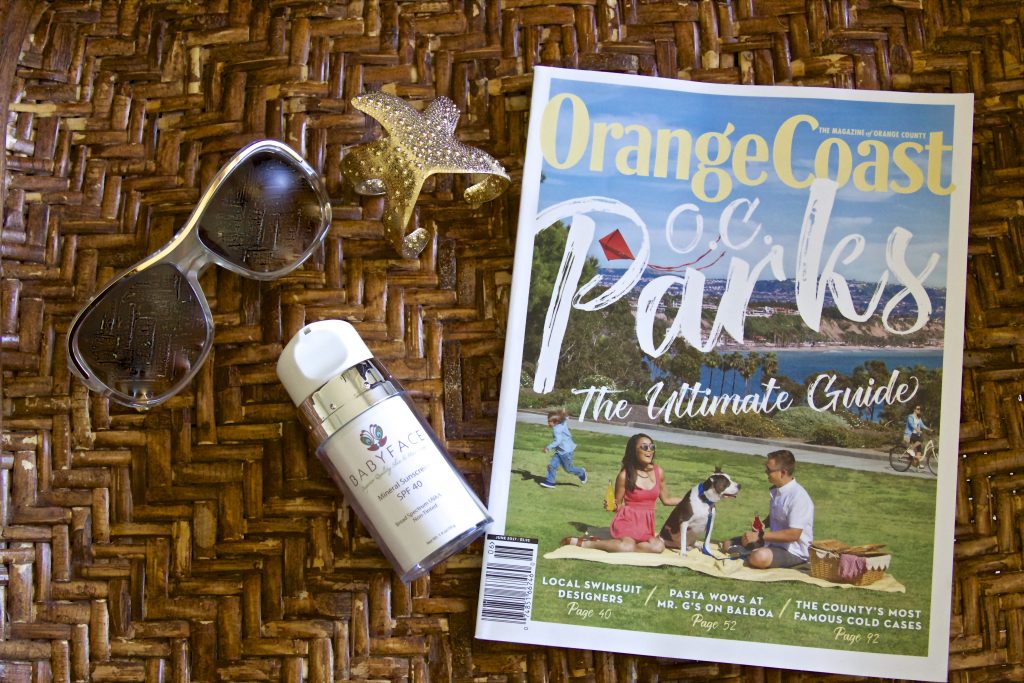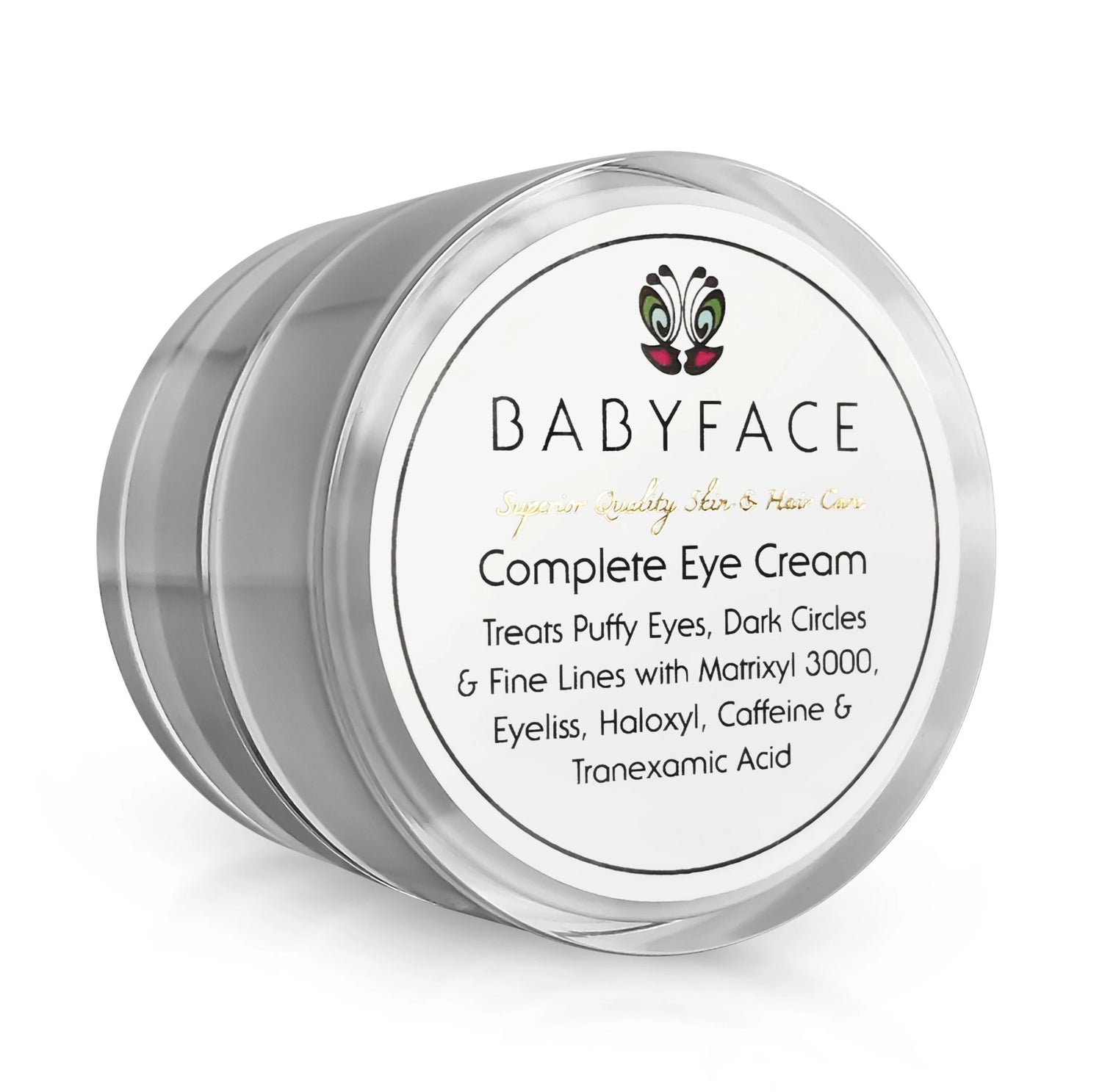How To Choose The Best Sunscreen For You: 4 Things To Look Out For
Giorgia G.Share

Do you pick up just whatever sunscreen you see on sale at your favorite convenience store? If so, you could be hurting your skin.
Not all sunscreens are created equal: while some keep you safe from UV harm, prevent wrinkles and keep cancer at bay, others are more than happy to let the sun's rays hit your skin and wreak havoc all over your face and body. Don't be caught off guard!
Here are 4 foolproof tips to help you choose the best sunscreen to slather on your face every morning:
- High UVA Protection
You'd think this would be a given, wouldn't you? The ugly truth is that there is still sunscreen out there that doesn't provide adequate protection against UVA rays. You could reach for a sunscreen with SPF 50 and still be left wholly unprotected against them. The loophole? SPF only rates the degree of protection from UVB rays. What you need is a sunscreen labelled “broad spectrum.” This means that the sunscreen provides UVA protection proportional to its UVB protection.
Another trick is to look for sunscreens with zinc oxide. While most filters protect either from UVB or UVA rays, this white mineral scatters them all away from your face. If you see it on the label, you can set your mind at rest: it'll give you all the protection you need even on the hottest of beach days.
- Mineral UV Filters
There's another reason why you should look for zinc oxide-based sunscreens. Like its BFF titanium dioxide (the two are often used together in sunscreens), this minerals is inert, meaning it doesn't react badly with your skin. When you hear of someone allergic to sunscreen, it's usually a chemical filter, like avobenzone or octocrylene, that did it. Zinc oxide and titanium dioxide are sensitive skin approved, even for babies. It doesn't get any gentler than that!
P.S. If the white cast these minerals leave behind bothers you, opt for a tinted version. Our SPF 40 Age-Defying Mineral Sunscreen comes both in tinted and non-tinted formats to satisfy every need.
- SPF 30 Or Higher
Derms may recommend SPF 15 as the absolute lowest, but it surely won't hurt your skin to go way higher. SPF 30 is a good starting point, but why not take it up a notch and opt for SPF 40 instead? This little switch will block almost 98% of UVB rays from hurting your skin.
By the way, if you're looking for a sunscreen that protects against 100% of UVB rays, it doesn't exist yet. Even SPF 100 only blocks 99% of UVB rays. What SPF 100 does, instead, is lull you into a false sense of security: you think you can stay in the sun the whole day without topping it up and before you know it, your skin's all burnt up. Much better to go a bit lower: you'll still get high protection without the sunburn.
- Water-Resistant
If you live at the beach or pool in summer, are the sporty type who likes to exercise outdoors or simply sweat a lot, definitely look for a water-resistant sunscreen. But, be warned! Water-resistant doesn't mean you can happily splash around in the ocean all day without topping up your sunscreen. Water-resistant is simply a measure of how long your sunscreen will be effective after you've swum or sweated. Usually, you can count on it to keep you safe for 40 to 80 minutes (check the label to be sure!). After that, pile on another layer (or two!).
Ready to sunscreen shop like a pro?
